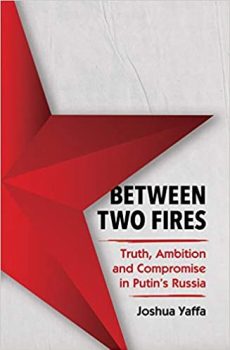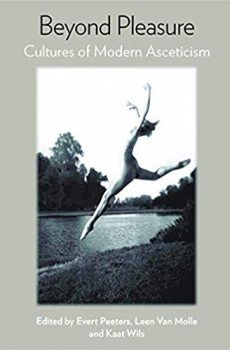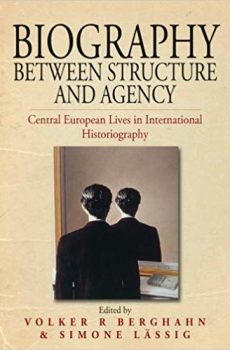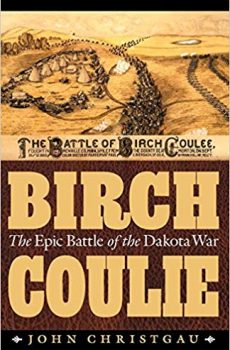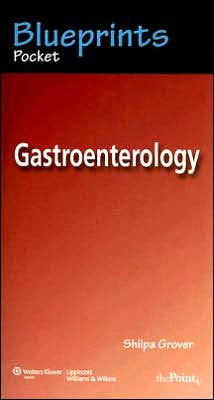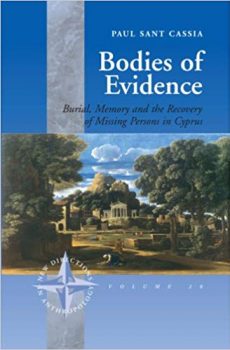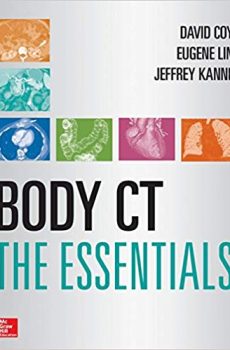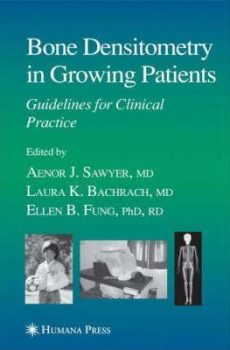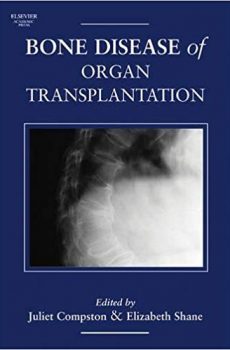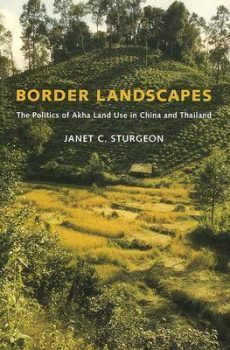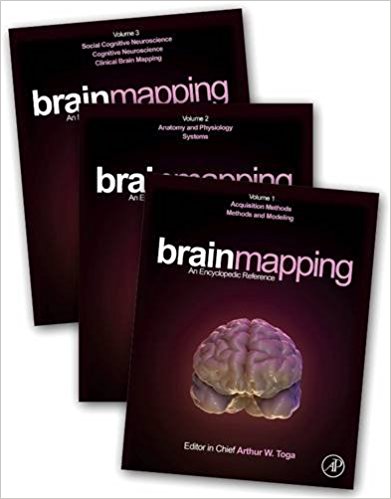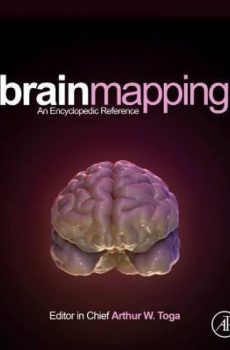In this comparative, interdisciplinary study based on extensive fieldwork as well as historical sources, Janet Sturgeon examines the different trajectories of landscape change and land use among communities who call themselves Akha (known as Hani in China) in contrasting political contexts. She shows how, over the last century, processes of state formation, construction of ethnic identity, and regional security concerns have contributed to very different outcomes for Akha and their forests in China and Thailand, with Chinese Akha functioning as citizens and grain producers, and Akha in Thailand being viewed as “non-Thai” forest destroyers.
The modern nation-state grapples with local power hierarchies on the periphery of the nation, with varied outcomes. Citizenship in China helps Akha better protect a fluid set of livelihood practices that confer benefits on them and their landscape. Denied such citizenship in Thailand, Akha are helpless when forests and other resources are ruthlessly claimed by the state. Drawing on current anthropological debates on the state in Southeast Asia and more generally on debates on property theory, states and minorities, and political ecology, Sturgeon shows how people live in a continuous state of negotiated boundaries – political, social, and ecological.
This pioneering comparison of resource access and land use among historically related peoples in two nation-states will be welcomed by scholars of political ecology, environmental anthropology, ethnicity, and politics of state formation in East and Southeast Asia.


